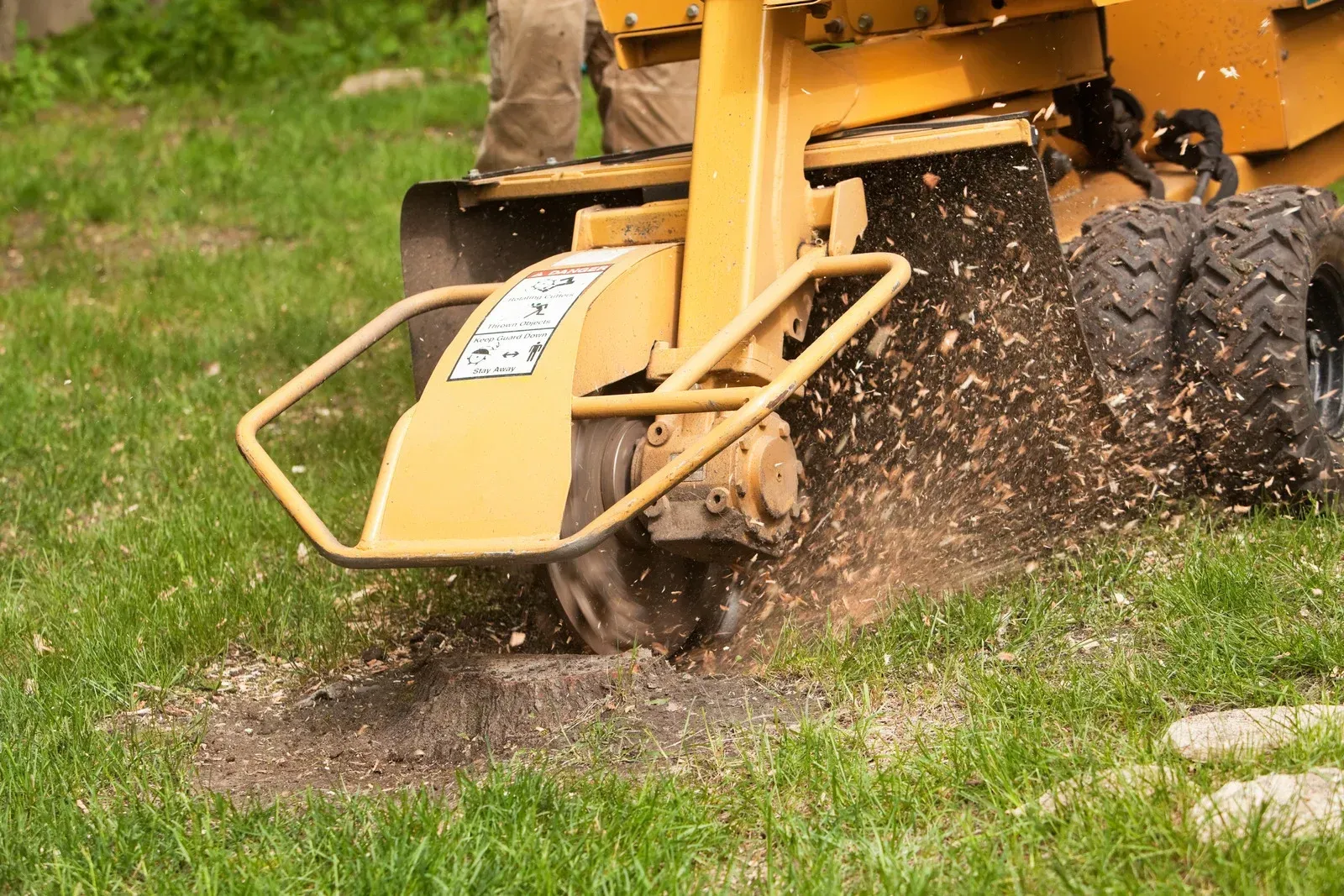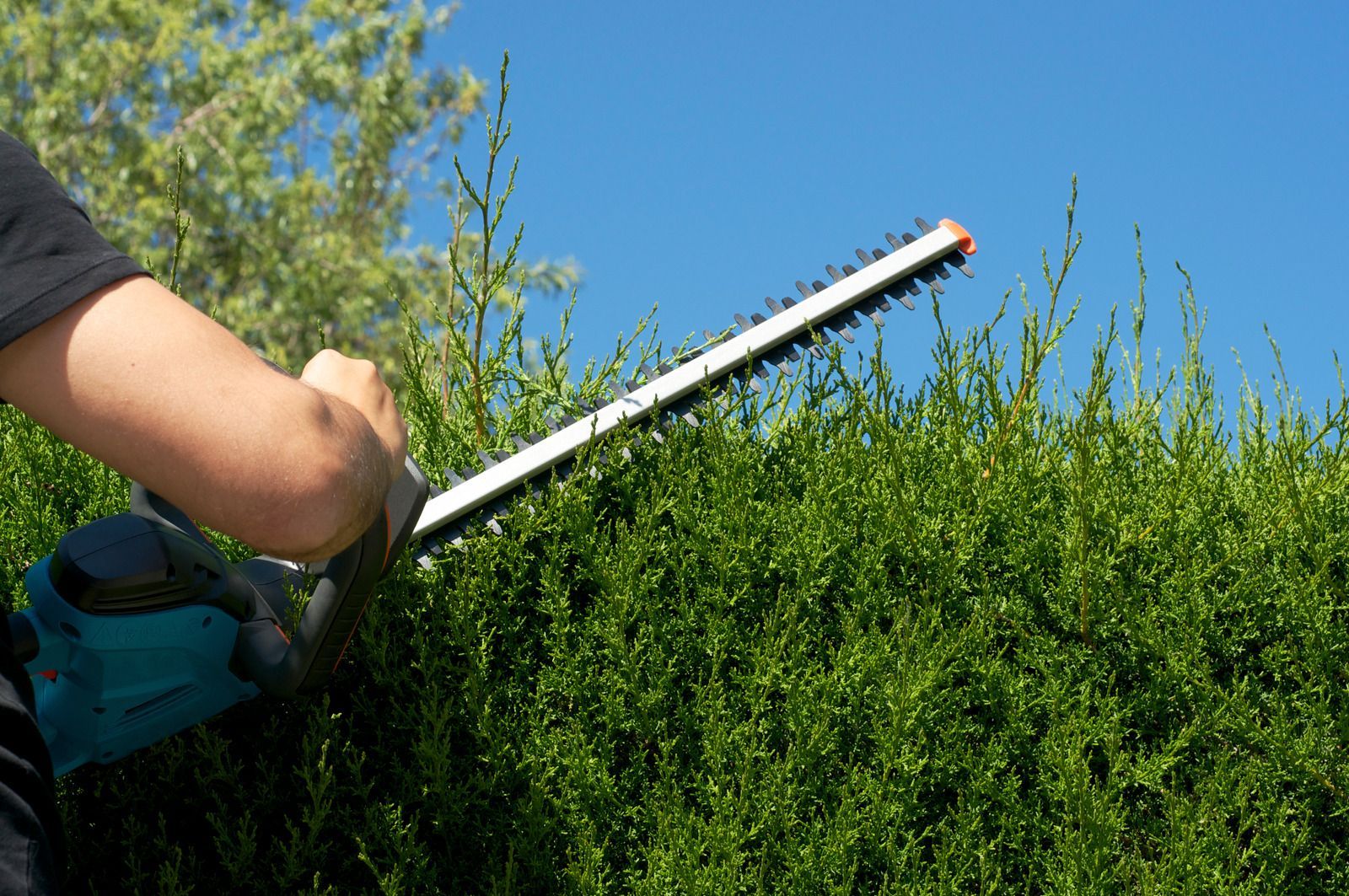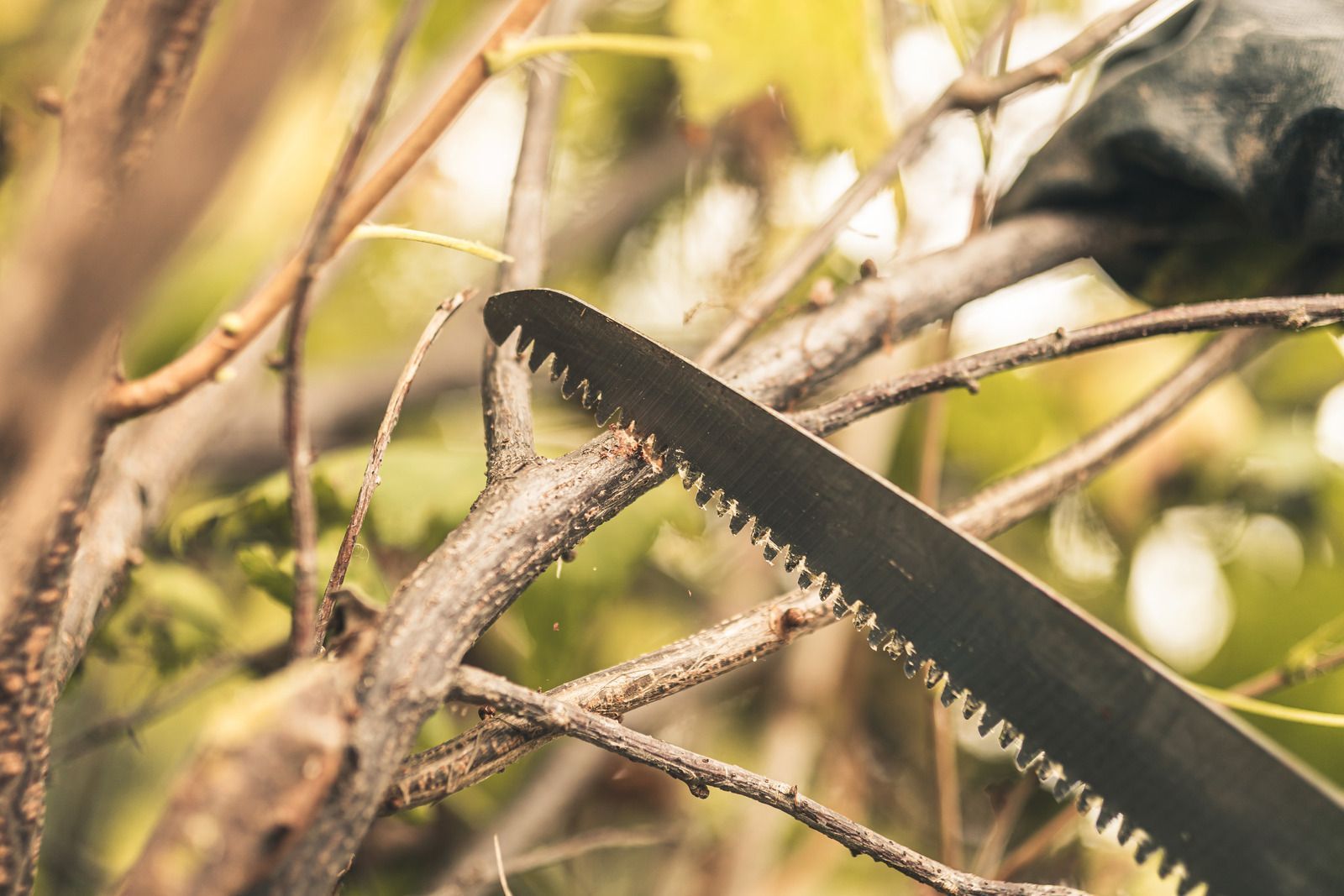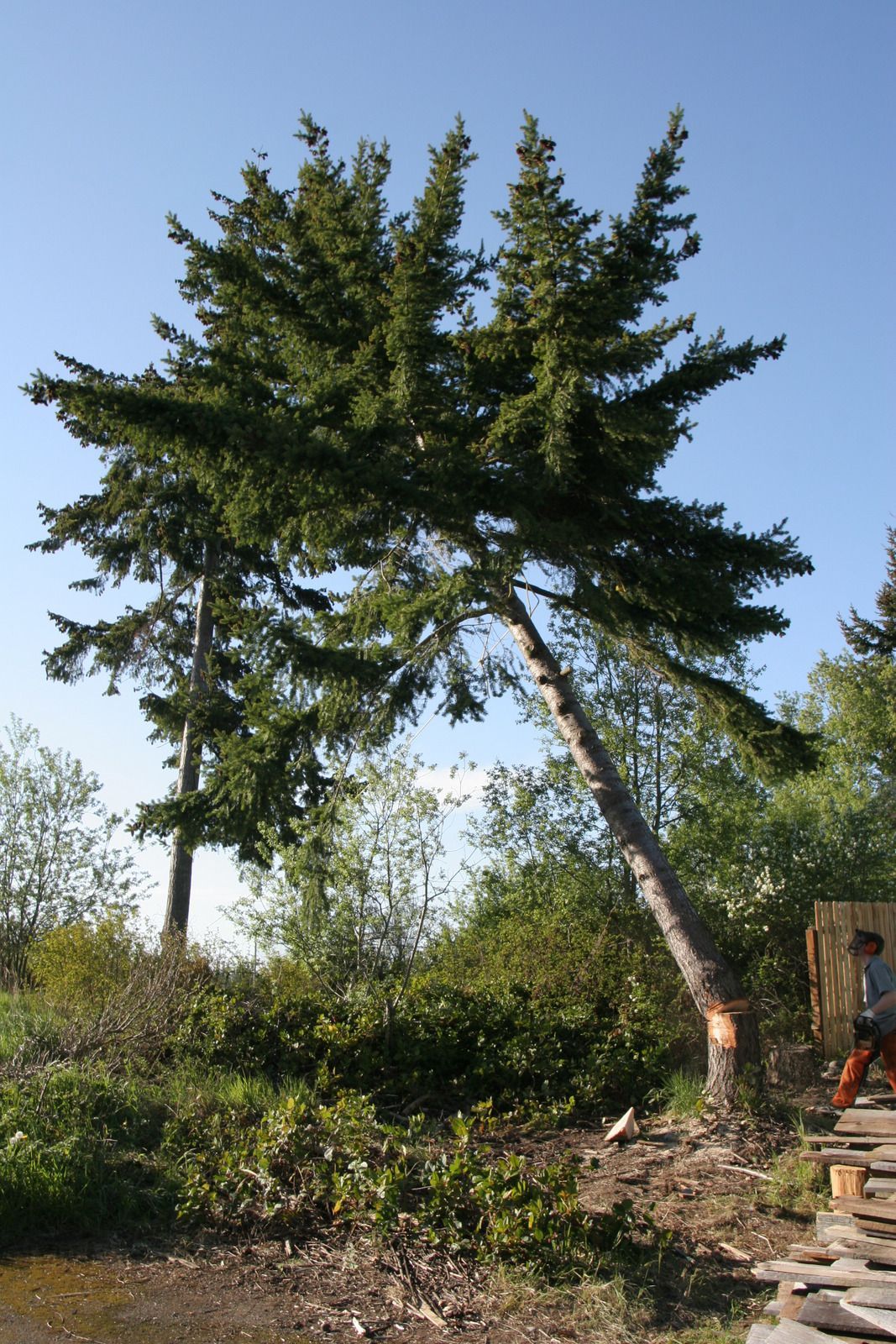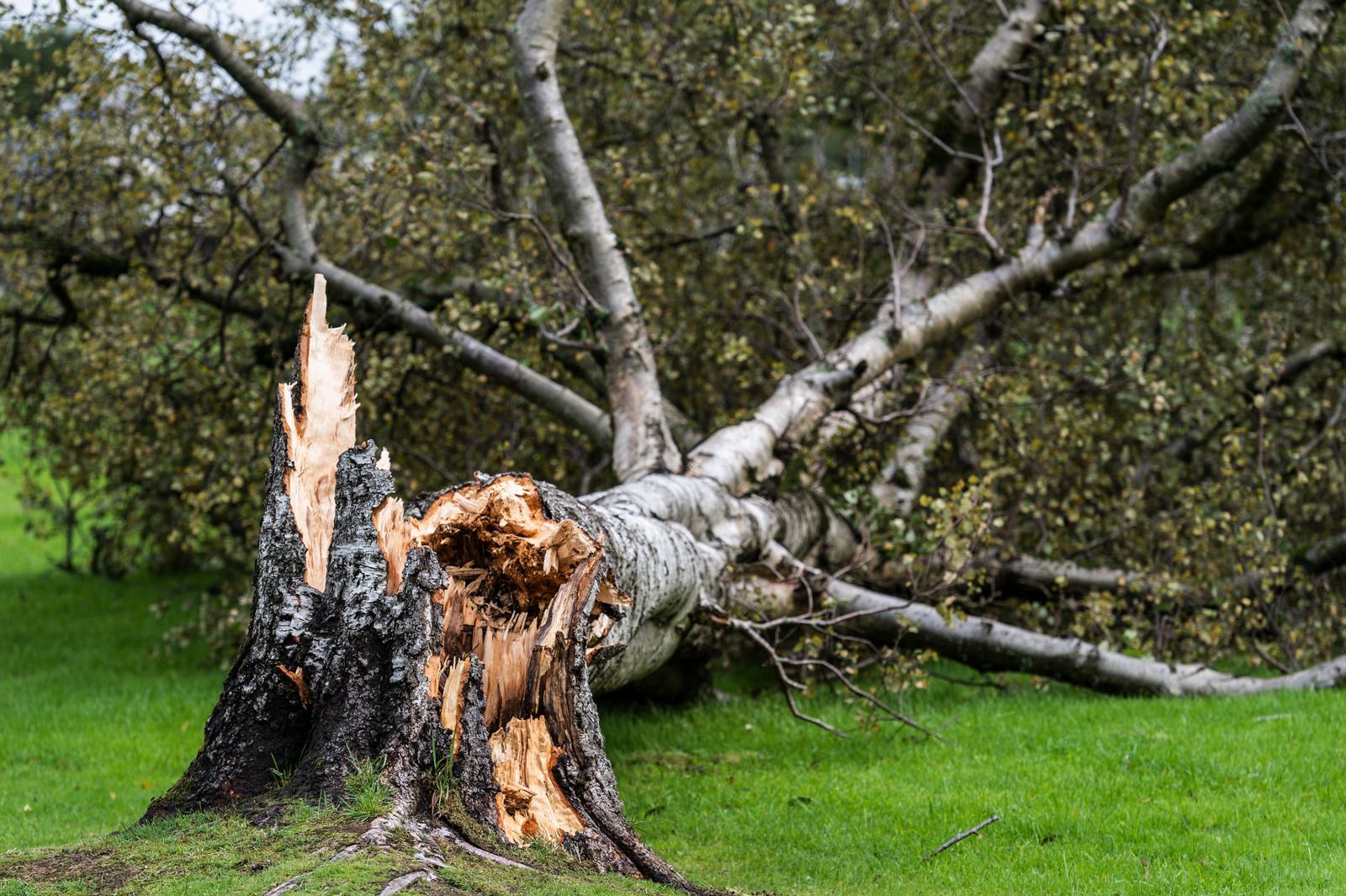How Regular Tree Trimming Enhances Tree Lifespan and Beauty
Correctly trimming trees helps remove dead or dying branches, which can be harmful if left unattended. These branches detract from the tree's beauty and pose a risk of falling, potentially causing injury or property damage. By removing them, the tree is relieved of unnecessary weight and stress, promoting a healthier structure. Regular tree trimming is a proactive approach to tree care. It maintains the aesthetic value of trees and plays a pivotal role in their health and lifespan.
Preventing Disease and Pest Infestation
Trimming trees is crucial for the early detection of diseases and pests. If branches infected with disease or pests are left untreated, the problem can spread rapidly, potentially killing the tree. Timely removal of these branches prevents the spread of infection, thereby keeping the tree healthy and extending its lifespan.
Improving Structure and Stability
Consistent trimming is essential for maintaining a tree's structure and stability. Overgrown or heavy branches can cause a tree to become unbalanced or fall. Regular trimming removes these excess branches, ensuring the tree remains stable and upright. It not only makes the tree safer but also helps it live longer.
Enhancing Sunlight and Air Flow
Trimming is beneficial for opening up a tree's canopy. It allows more sunlight and air to reach all parts of the tree. Adequate sunlight and air circulation are essential for preventing diseases, particularly fungal infections, and contribute to the tree's overall health.
Reducing Stress on the Tree
Trimming involves removing dead or weak branches, which helps reduce the tree's stress levels. A tree with less Stress can focus its energy on healthy growth. It leads to a healthier tree with a longer life expectancy.
Encouraging Fruit and Flower Production
For trees that produce fruit or flowers, regular trimming can boost production. Reducing old growth encourages the tree to have new, more fruitful branches. It results in a greater fruit yield or a more abundant flowering, enhancing the tree's beauty and productivity.
Maintaining Aesthetic Appeal
Aesthetically, regular trimming keeps trees looking their best. It shapes the tree, promoting a pleasing appearance. Well-trimmed trees contribute significantly to the overall attractiveness of gardens and landscapes.
Promoting Better Health in Young Trees
Regular trimming is crucial for the development of young trees. It helps shape the tree's structure, ensuring it grows strong and healthy. Proper trimming techniques applied early in a tree's life can prevent future problems and reduce the need for more intensive care as the tree matures.
Increasing Property Value
Well-maintained trees through regular trimming can enhance the overall value of a property. Healthy, attractive trees make a property more appealing to potential buyers or renters, demonstrating good upkeep and care of the outdoor space.
Final Words
Regular tree trimming is an essential aspect of tree care. It not only maintains the health and beauty of trees but also offers a range of benefits, from improving young tree health to increasing property value and supporting biodiversity. Ensuring trees are regularly trimmed is vital to a safe, healthy, and aesthetically pleasing environment. This practice is not just about cutting branches; it's about investing in the future health and beauty of the trees, the safety of the surroundings, and the property's overall value.
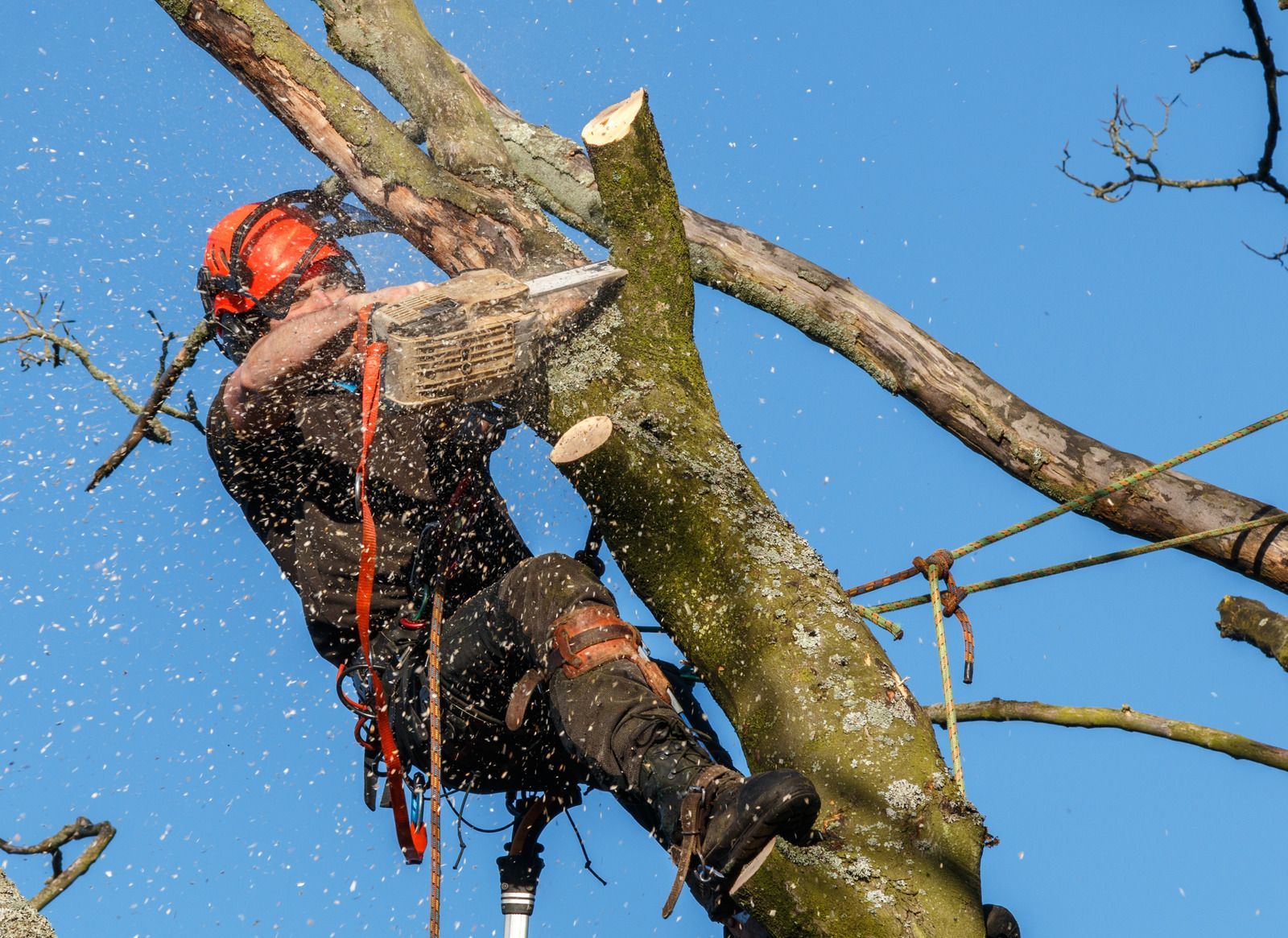
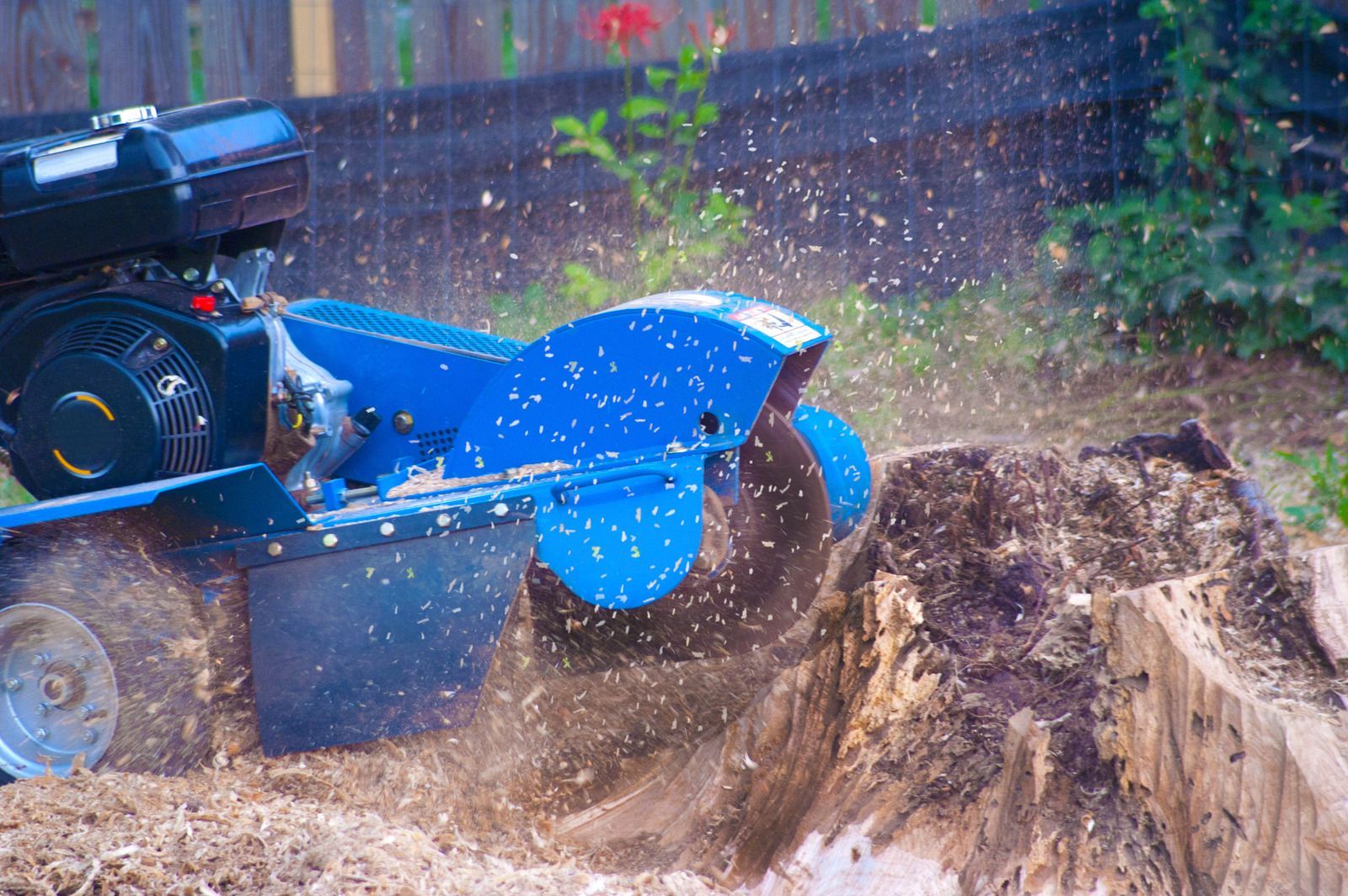
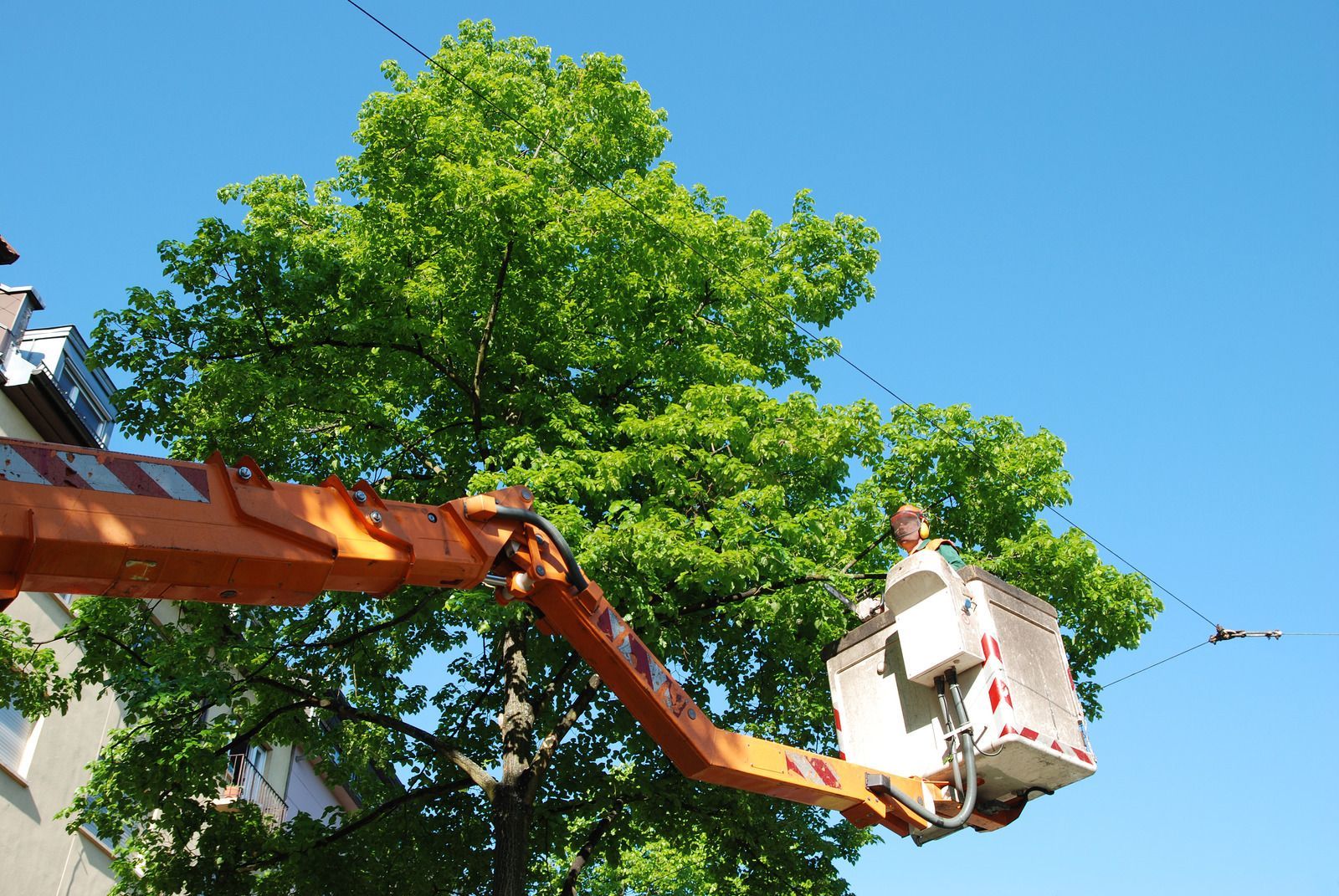
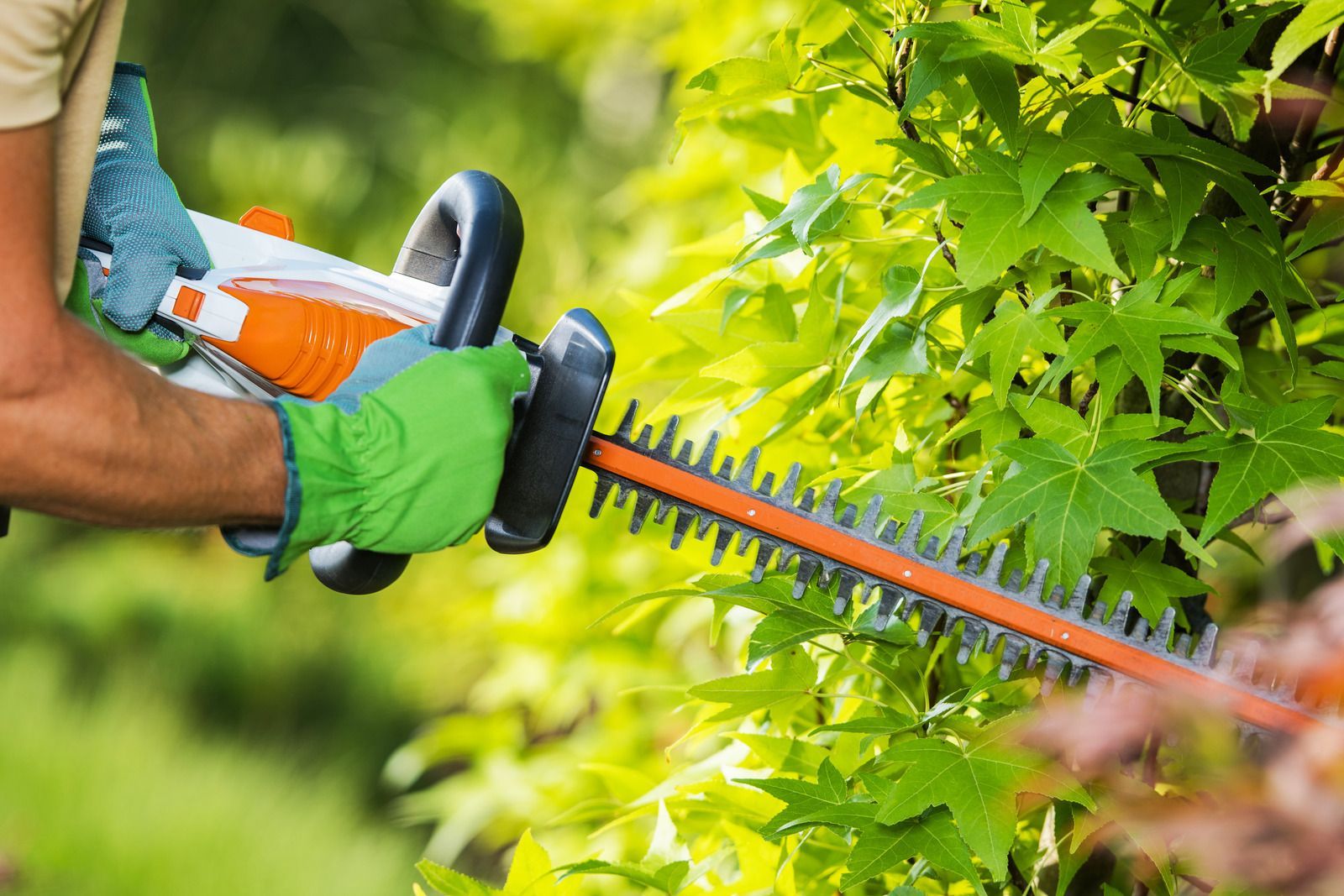


Service Areas
Inquire
Thank you for contacting us.
We will get back to you as soon as possible.
Please try again later.

